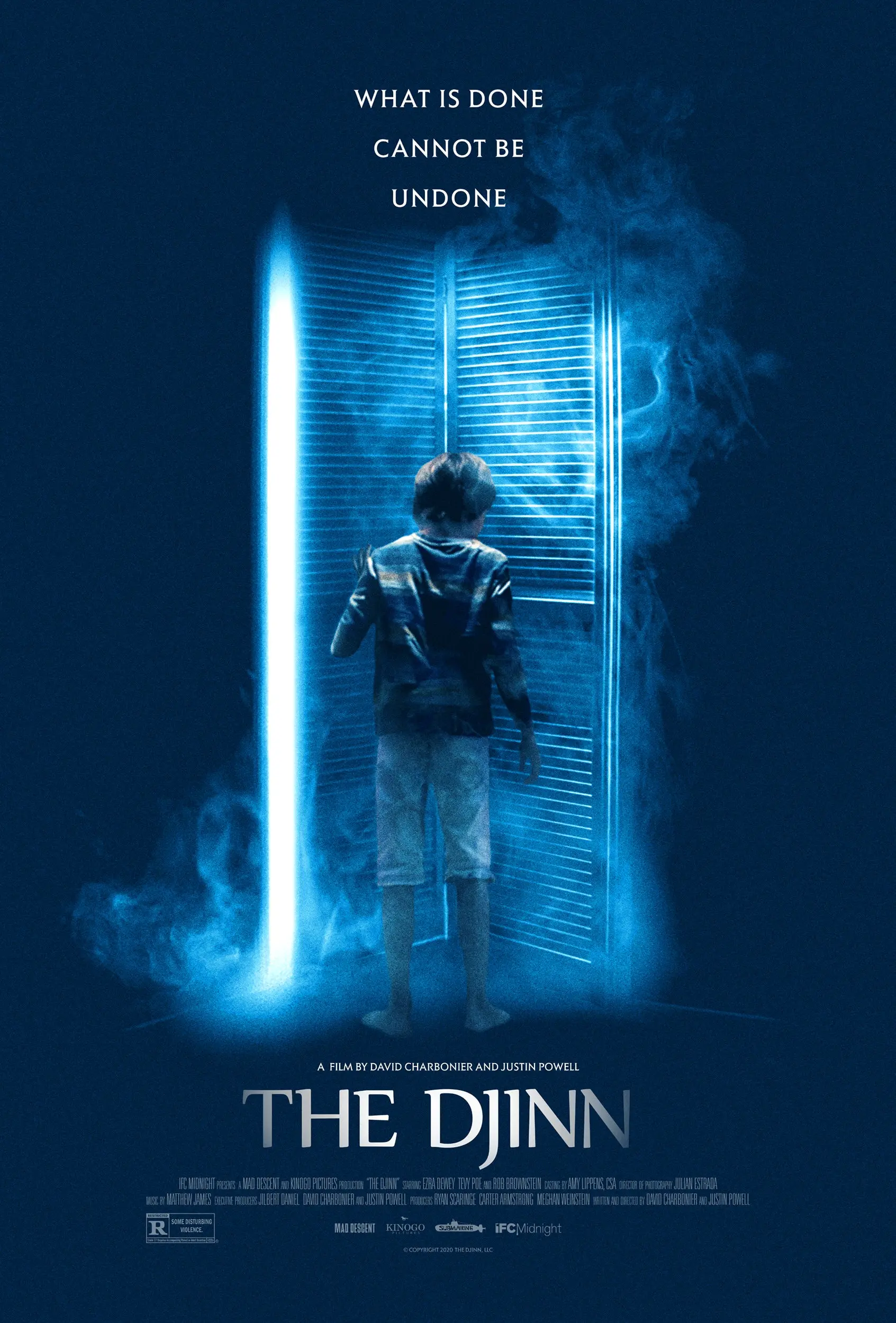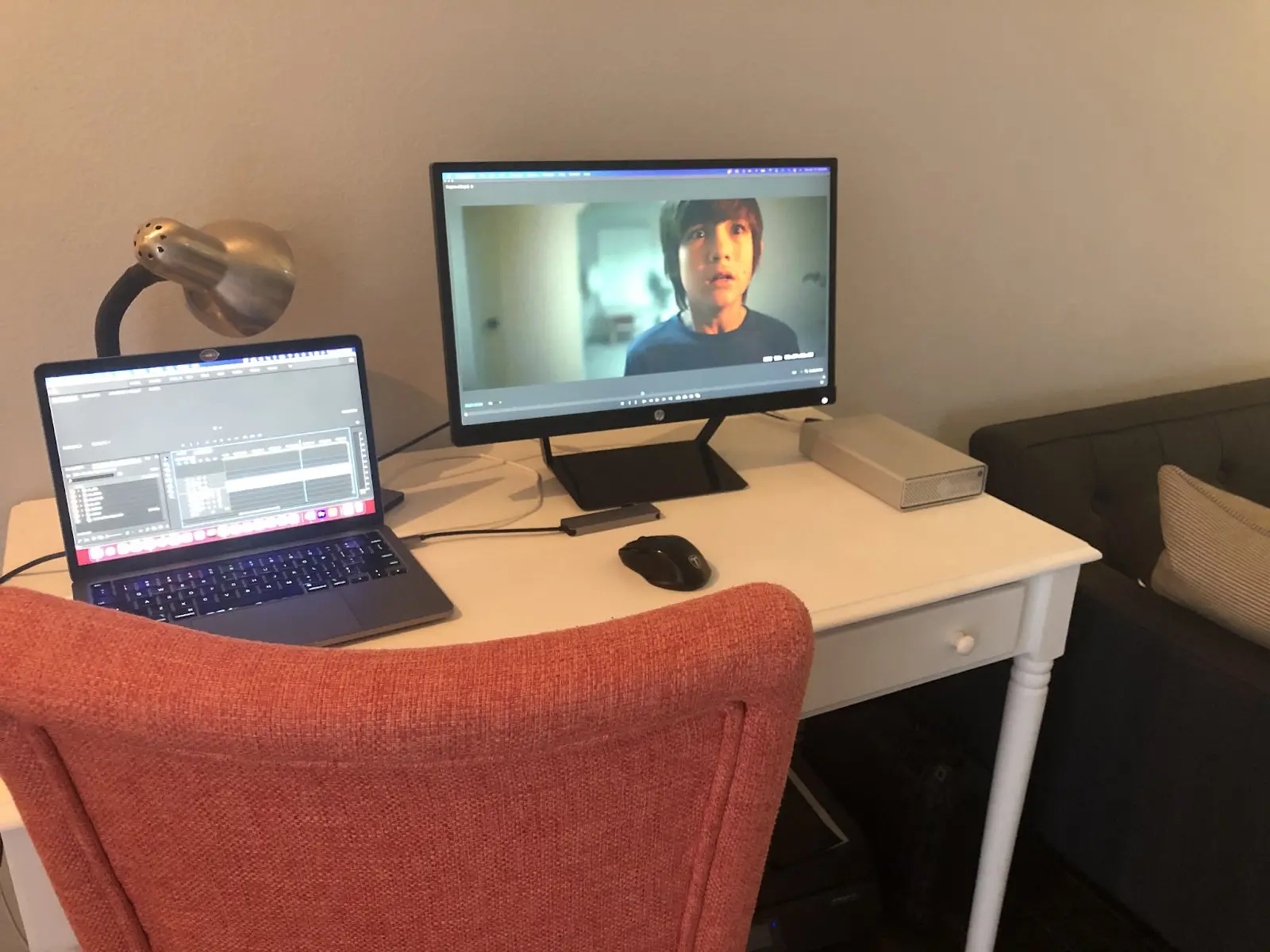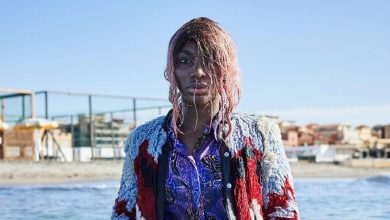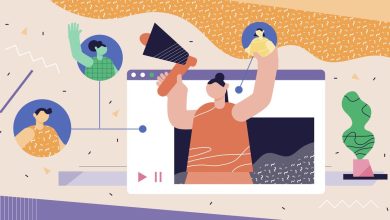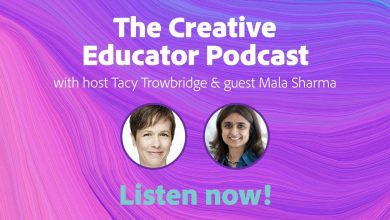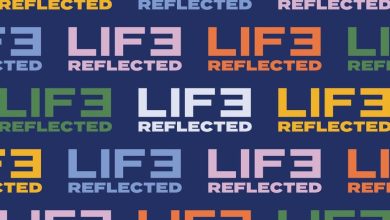Crafting a compelling horror film with less than 30 lines of dialogue
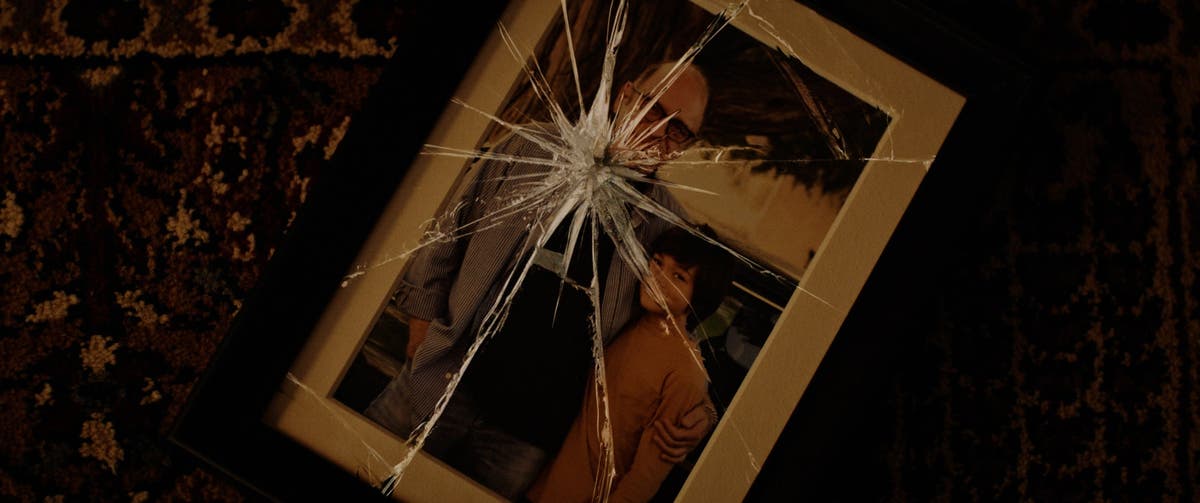
IFC’s The Djinn co-director/co-writer/co-Producer/editor Justin Powell takes us through his editing process and how he sets up his workflow for success.
Rob Brownstein as “Dad” and Ezra Dewey as “Dylan” David Charbonier and Justin Powell’s THE DJINN. Courtesy of IFC Midnight. An IFC Midnight release.
In IFC’s The Djinn, out today, a young boy’s greatest wish gives way to horror when he becomes trapped in his apartment with a sinister monster. The boy is mute, which challenged the directors, David Charbonier and Justin Powell, to create a compelling story relying primarily on visual elements. Co-director/co-writer/co-producer/editor Powell takes us through his editing process and how he sets up his workflow for success. The film is available to watch now in theaters and on demand.
Contents
How and where did you first learn to edit?
I first learned to edit during undergrad at The University of Michigan. We first cut our 16mm black and white shorts on a flatbed splicer. It was a really helpful experience since it taught me to fully appreciate each and every cut.
How do you begin a project/set up your workspace?
Setup is everything. I always arrange bins for my project files and then bins for dailies (picture and audio), organized in numerical order by scene and take. It really makes all the difference when it comes time to cut everything together to know exactly where all the footage resides. Beyond that, I organize my windows such that my playback window has a dedicated monitor, and the timeline is large enough to see audio waveforms.
Tell us about a favorite scene or moment from this project and why it stands out to you.
Without spoiling anything, I think it’s the culmination of the flashbacks surrounding Dylan’s mom. Those were the last scenes we actually cut into the movie and it elegantly elevated the emotional core of the story. I think we all finally felt we had created something special when we saw those scenes come together.
What were some specific post-production challenges you faced that were unique to your project? How did you go about solving them?
The most difficult aspect of post was the amount of time it took to finish this. We had a very limited budget, which meant we had limited support for post sound, color, and VFX. Add to it that we also had to take a break from editing to shoot and cut our follow-up feature, The Boy Behind the Door, and we found ourselves in post for over two years. Honestly, the way we went about solving this challenge was just prioritization and patience.
Courtesy of IFC Midnight. An IFC Midnight release.
What Adobe tools did you use on this project and why did you originally choose them? Why were they the best choice for this project?
We primarily used Premiere Pro, but also used Media Encoder, After Effects and Photoshop. I am admittedly really only experienced with Premiere Pro, InDesign, and Acrobat, so I always knew we’d need someone to work on some of the VFX. Fortunately, we know an awesome editor who came on toward the end as an additional editor. He has always worked primarily with Premiere Pro. After Effects/Photoshop created an easy workflow for him to create some of our visual effects.
What do you like about Premiere Pro, and/or any of the other tools you used?
Premiere Pro is just so user friendly. It’s an easy program to figure out, even if you have limited experience, so that you can focus on the creative aspects of cutting and not get bogged down with all the technical logistics. And as I mentioned before, the crossover with all of the other apps in the Adobe Creative Cloud make for a very streamlined workflow.
I’m kind of obsessed with the blade tool and the track forward select tool — often in tandem with each other. I just love how easy they make it to move large segments of the timeline.
Who is your creative inspiration and why?
This is probably going to sound sappy, but I think I’m most inspired by my best friend and writing/directing partner, David Charbonier. He’s always pushing us to come up with fresh, exciting ideas and makes sure we strive for perfection — even if we’re working with very limited resources. It’s hard for me to imagine what it would be like working in this industry without him. Collectively, I think we’re both inspired by several of the greats in the horror/thriller space like Spielberg, Fincher, Carpenter, Flanagan, and James Wan.
What’s the toughest thing you’ve had to face in your career and how did you overcome it? What advice do you have for aspiring filmmakers or content creators?
There have been several tough moments, but the worst was probably finally — after over 7 years of trying — getting a script picked only for it to get trapped in development hell for two years before it fell through entirely and didn’t make it into production. Part of me definitely wanted to give up at that point, but we persevered and got two other features pushed through the subsequent year. My advice is to believe in yourself and never give up. This is a really tough industry that will deliver a lot of rejection before it gives you a chance. Find a friend to lean on (or in my case a friend and business partner) and follow your dream!
Image source: Justin Powell.
It’s not a large workspace, but I love that it’s in the comfort of my own home and that whenever I need a break, I can just take a few steps over to my couch and relax in front of the TV.
The Djinn is out in theaters and on VOD today!
Source : Adobe

